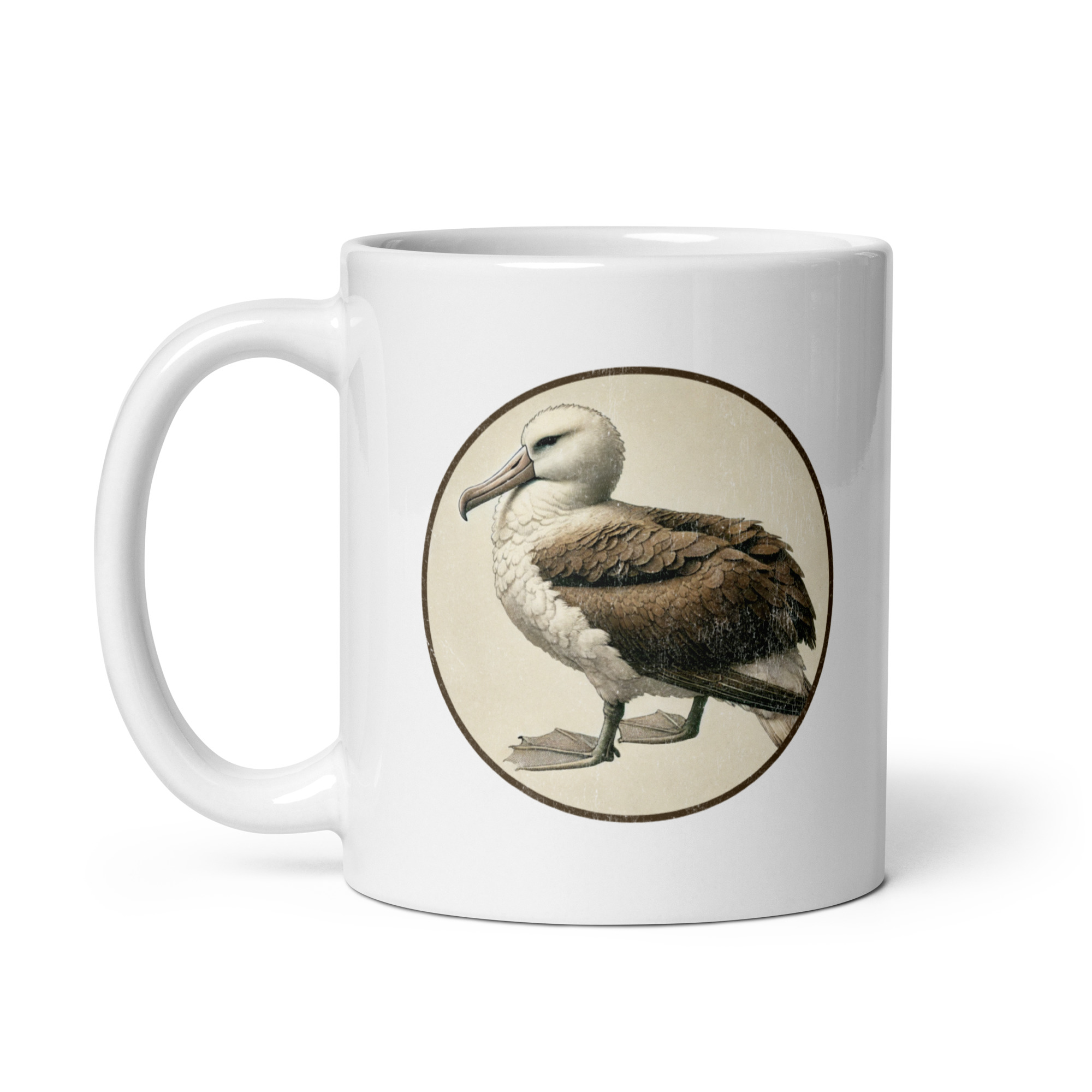Antipodean Albatross
Antipodean Albatross (Diomedea antipodensis) is one of the world’s most majestic seabirds—a master of open-ocean flight with a wingspan that can stretch over 10 feet, allowing it to soar for thousands of miles without ever flapping its wings. Native to the remote Antipodes Islands of New Zealand, this incredible bird is built for the wild southern oceans, where it spends most of its life gliding over waves and wind with unmatched grace.
With elegant, narrow wings, a long pinkish bill, and striking contrasts of white and dark plumage, the Antipodean Albatross cuts a noble figure against the endless sky. Males are typically whiter with darker wingtips, while females display more mottled brown tones—a subtle difference that birdwatchers treasure when spotting these elusive giants in the wild.
These birds are known for their long-distance migrations, often traveling between the Southern Ocean and waters near Australia and South America. They can remain at sea for years without setting foot on land, sleeping on the wing and feeding on squid, fish, and other oceanic delicacies that rise to the surface.
Breeding only once every two years, Antipodean Albatrosses return to their isolated nesting grounds to raise a single chick, investing months into its care. They form monogamous, lifelong bonds, and their slow reproduction rate makes every successful nest critically important—especially as the species is currently listed as endangered, threatened by longline fishing, climate change, and habitat loss.
Symbolizing endurance, freedom, and the raw power of the open sea, the Antipodean Albatross is a living legend of the southern skies—an awe-inspiring reminder of nature’s vast scale and delicate balance.



